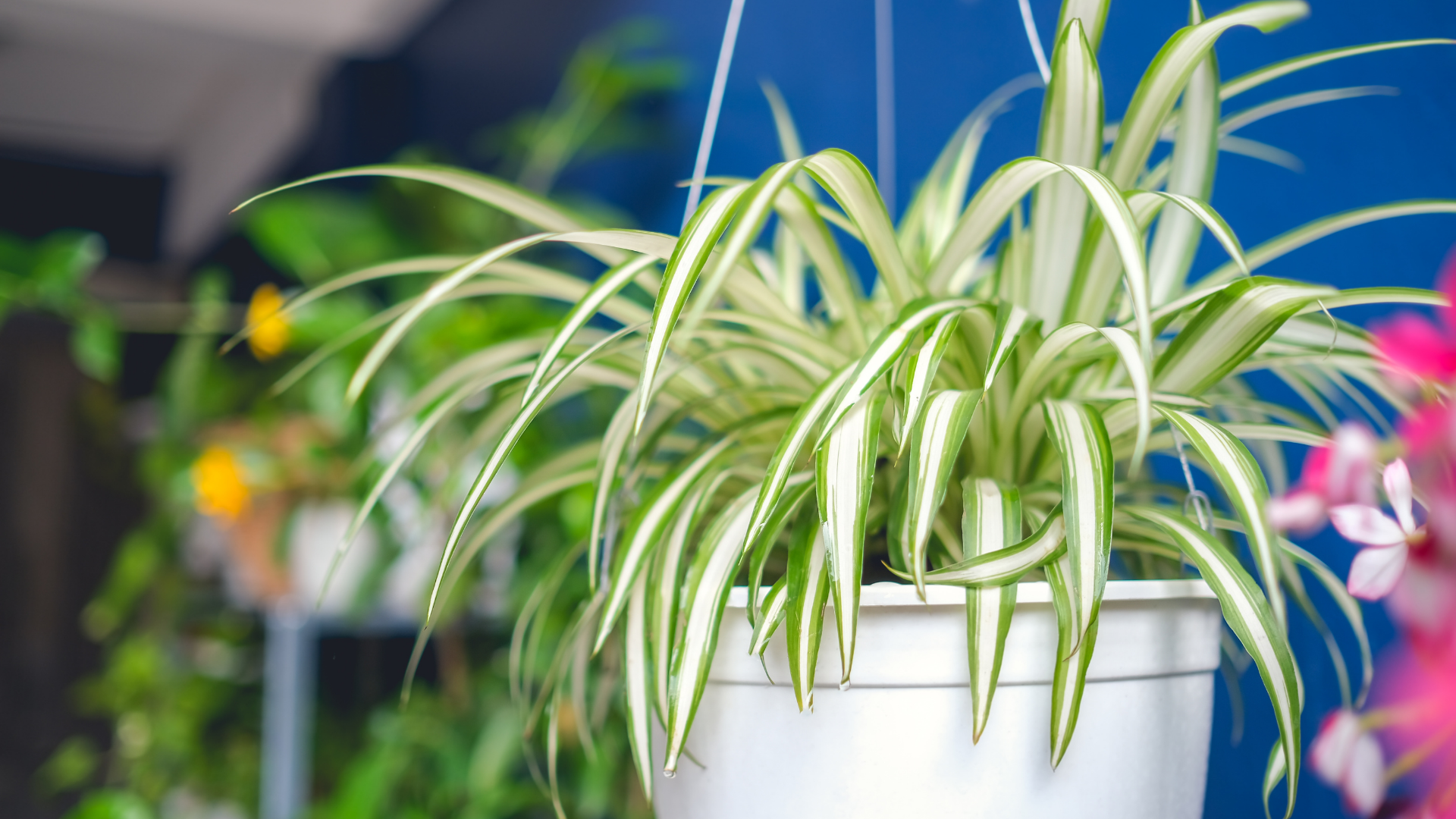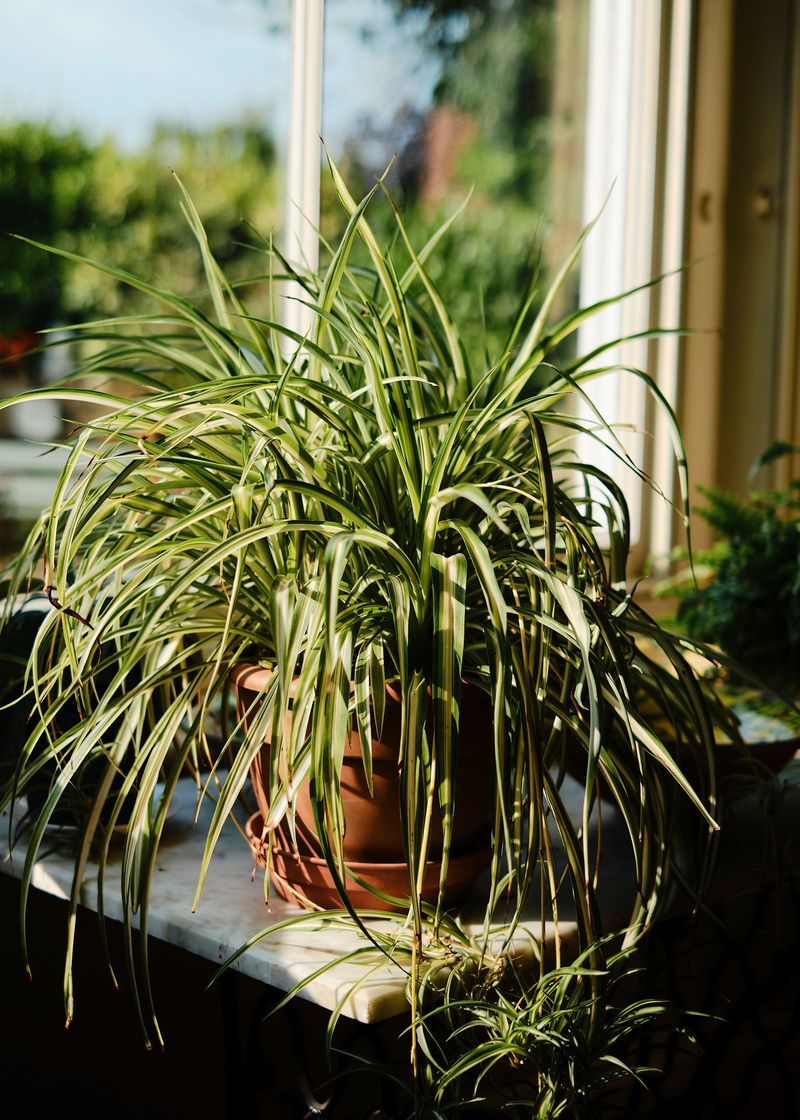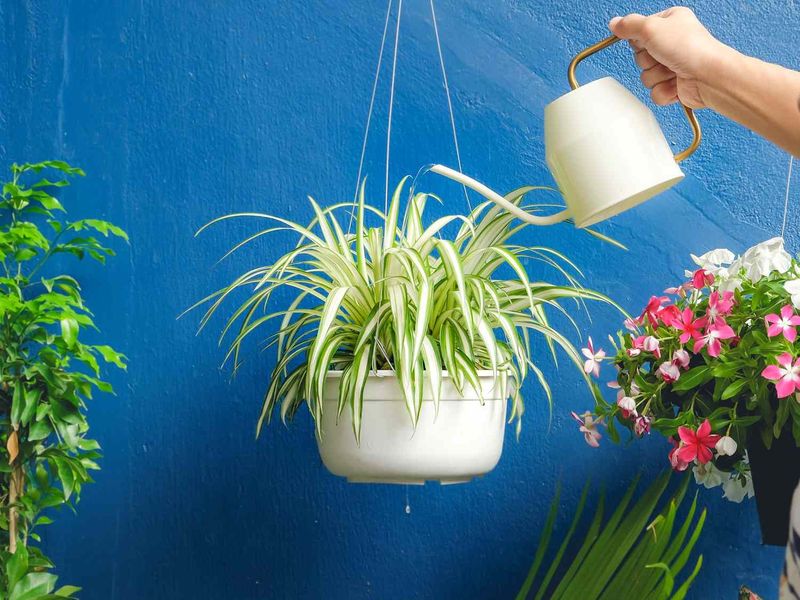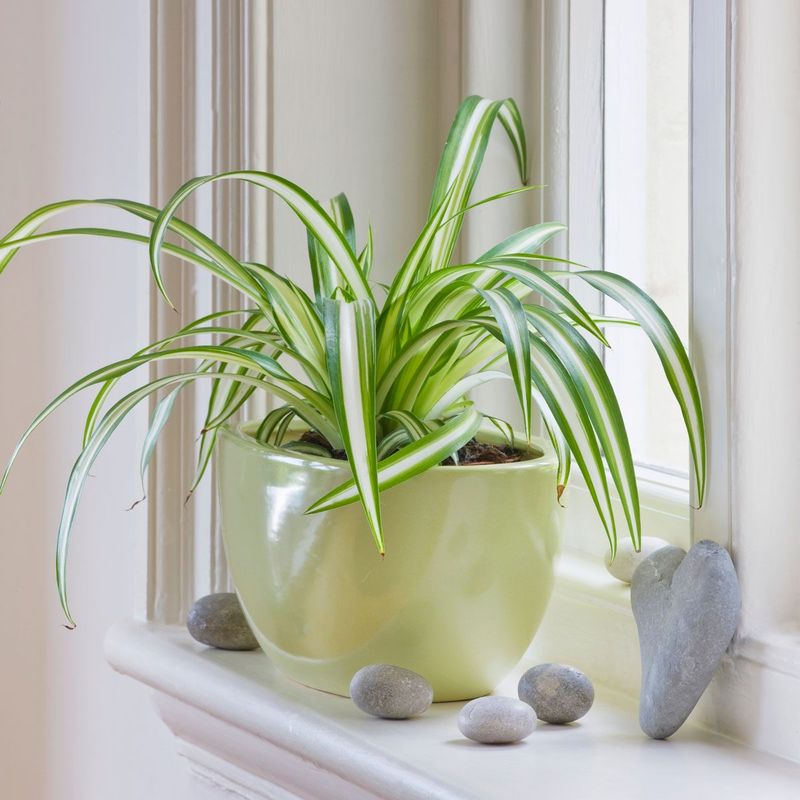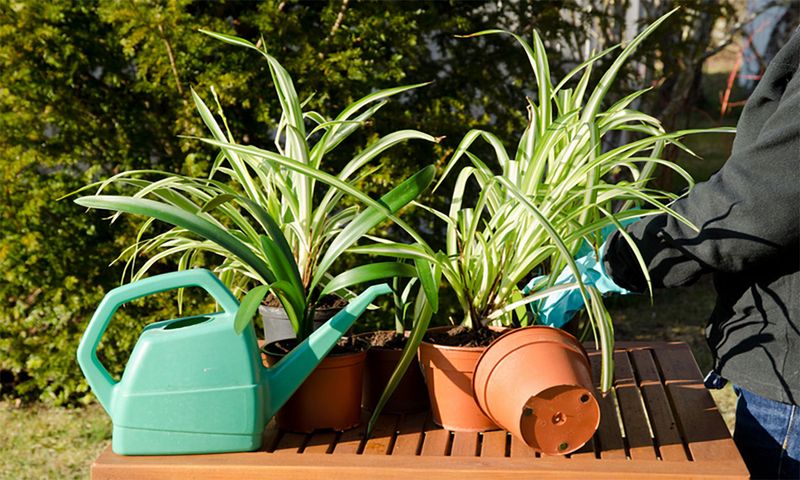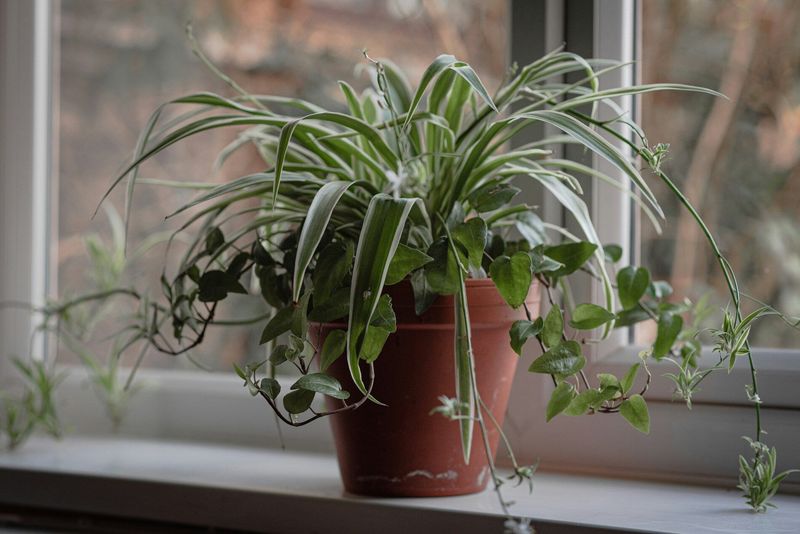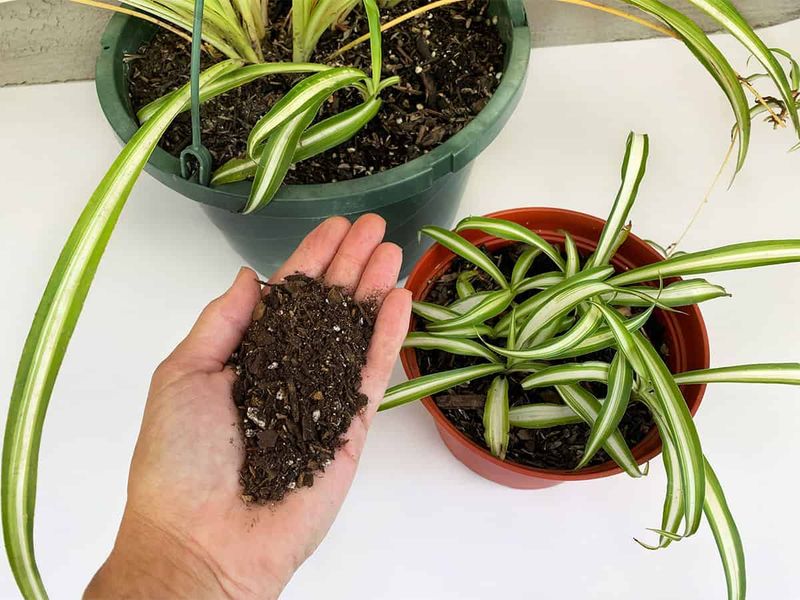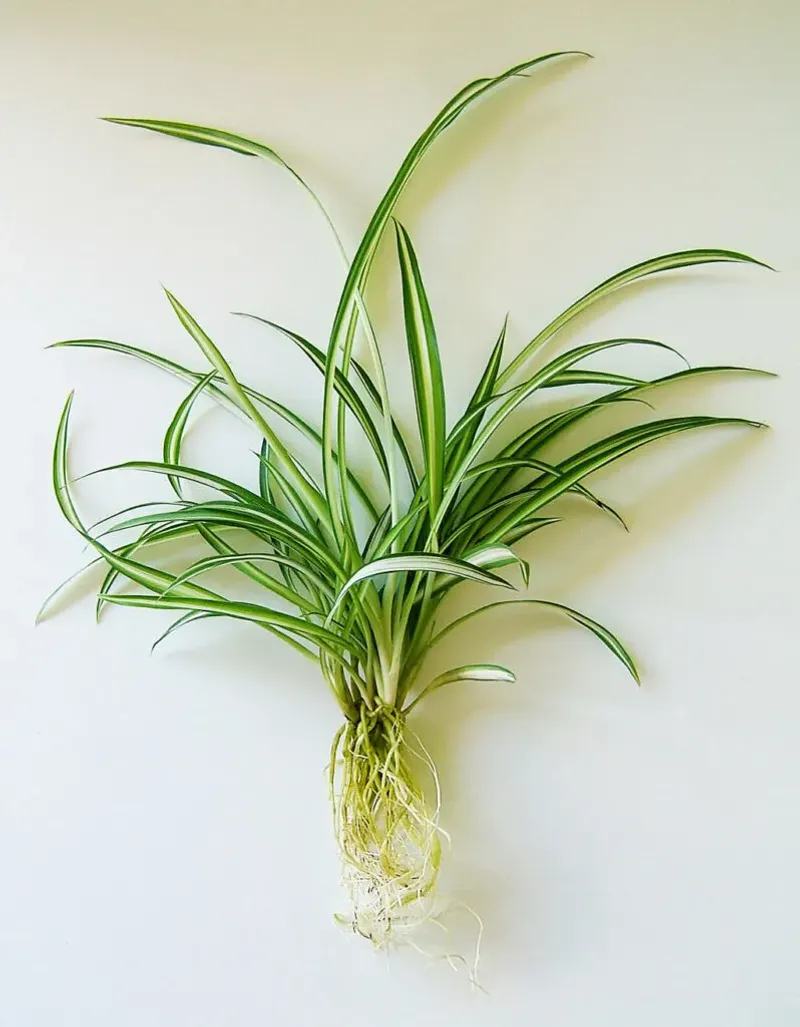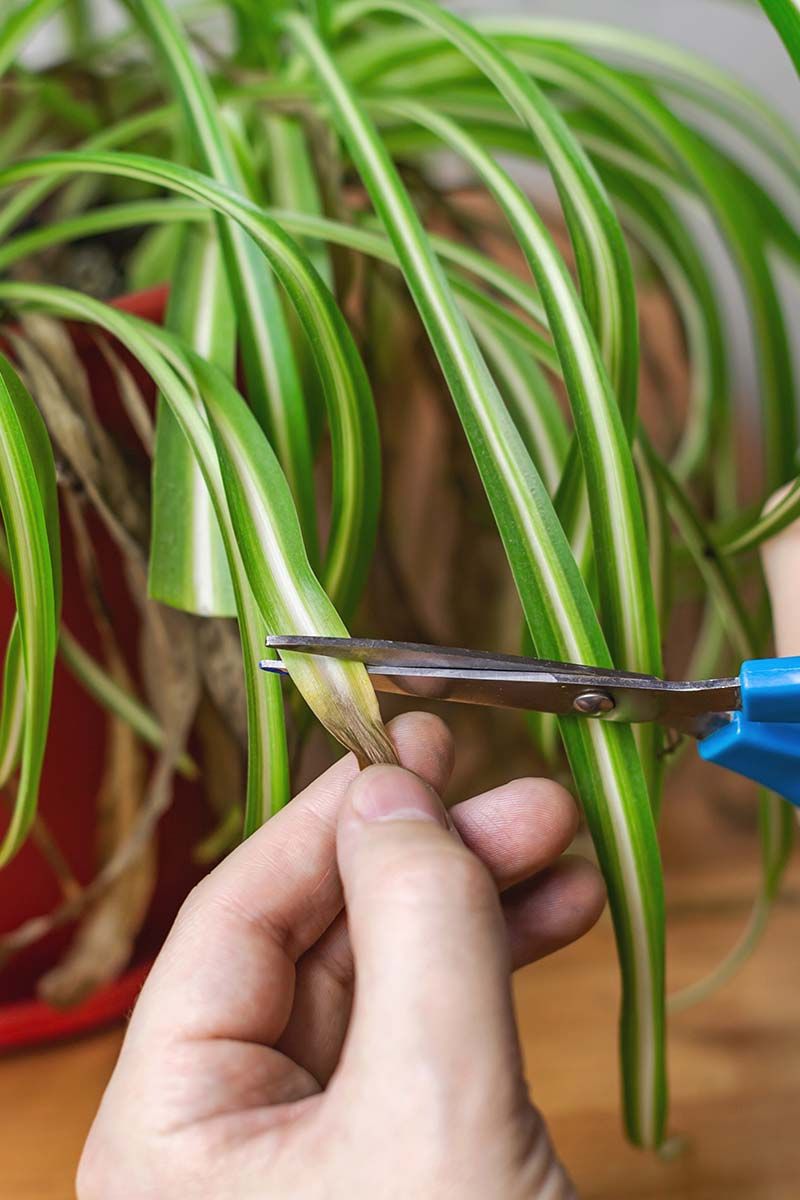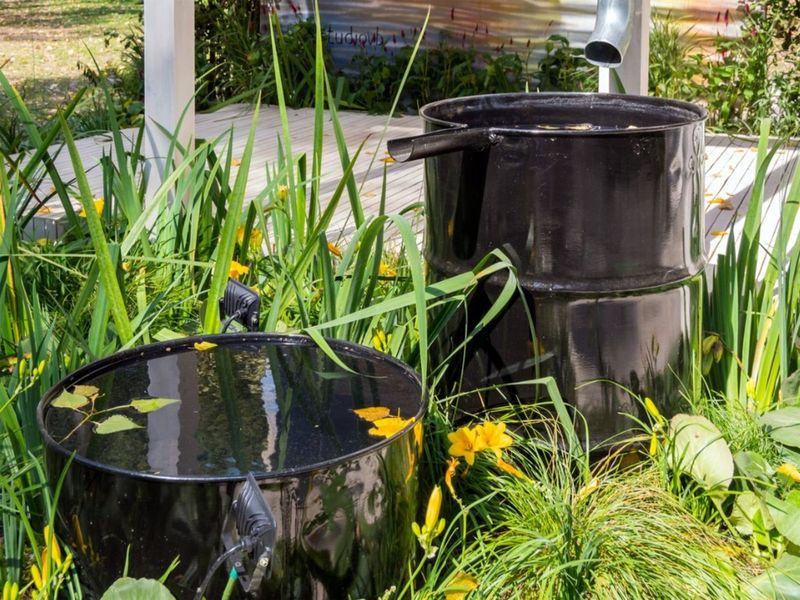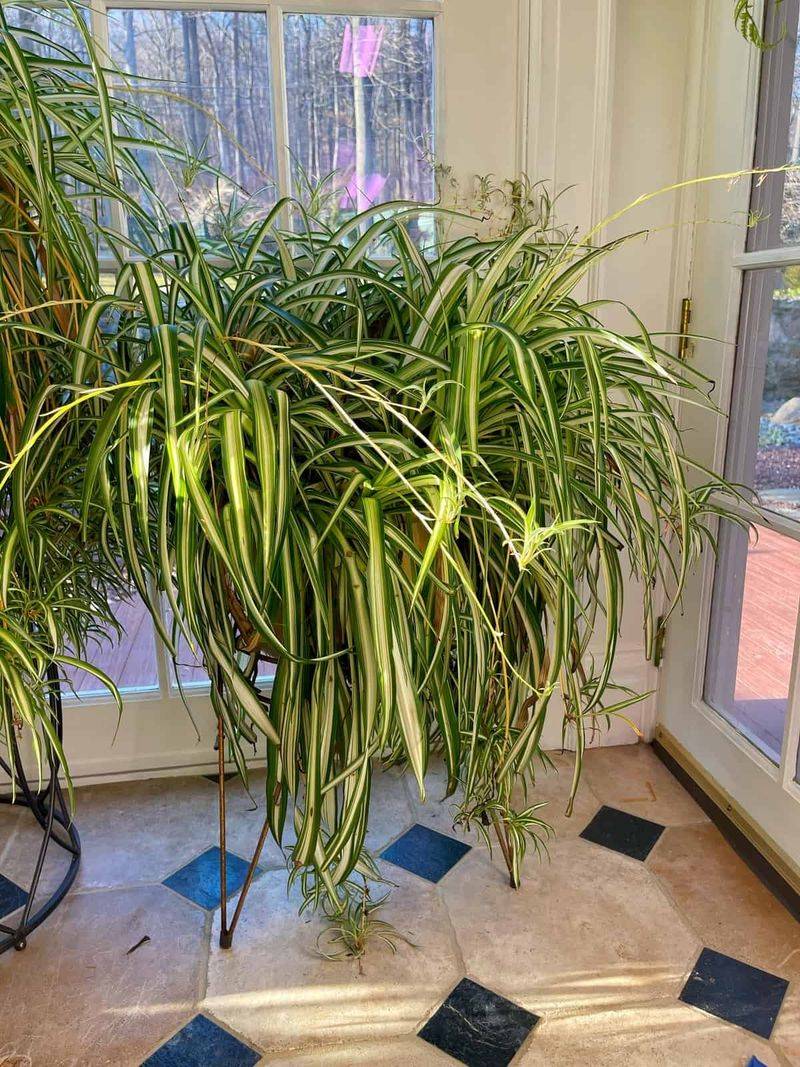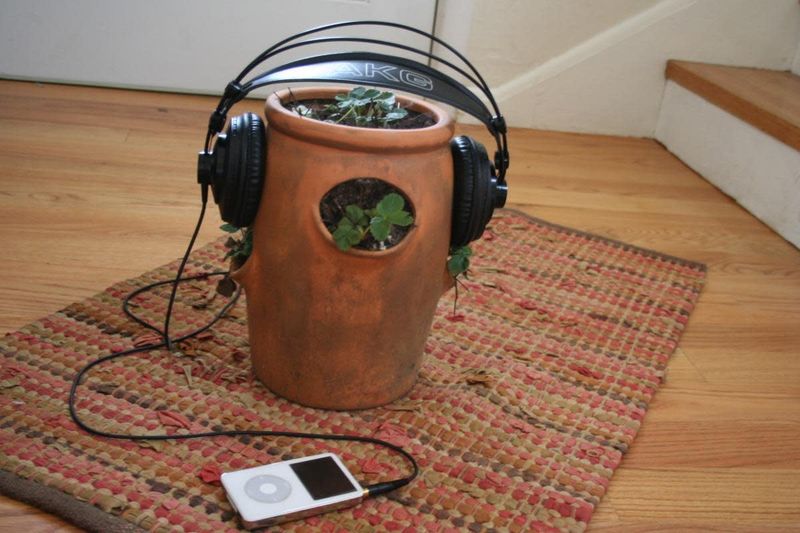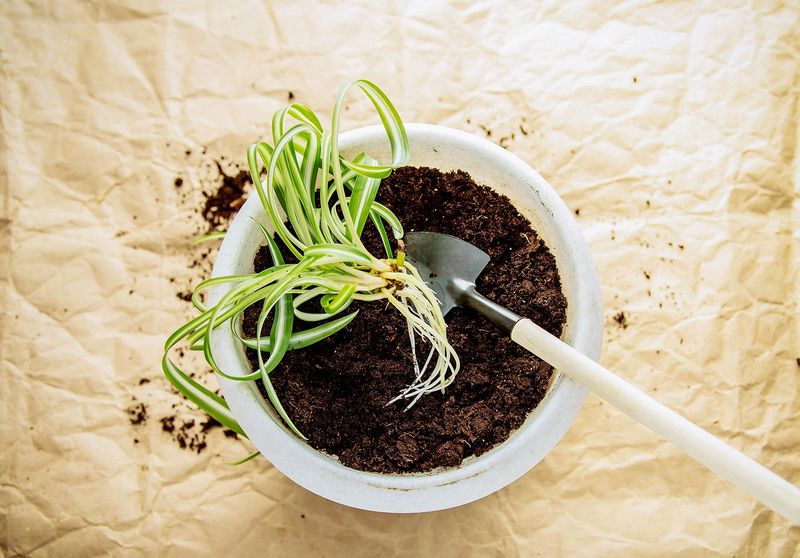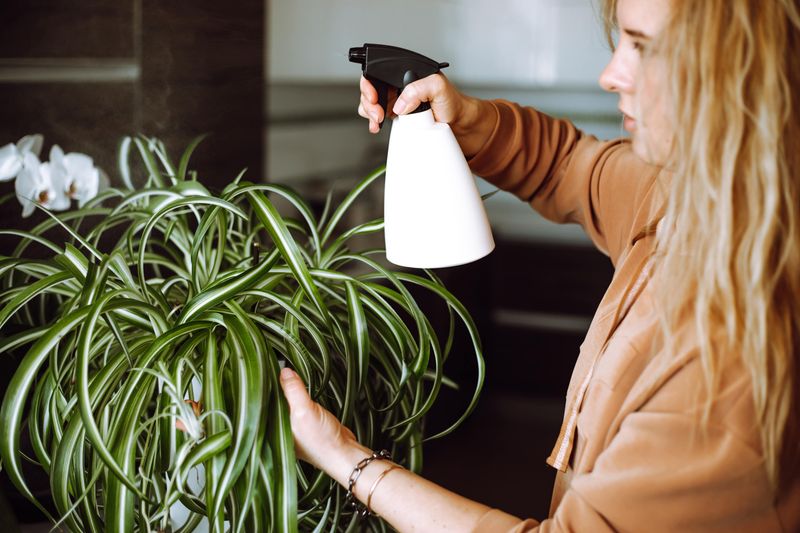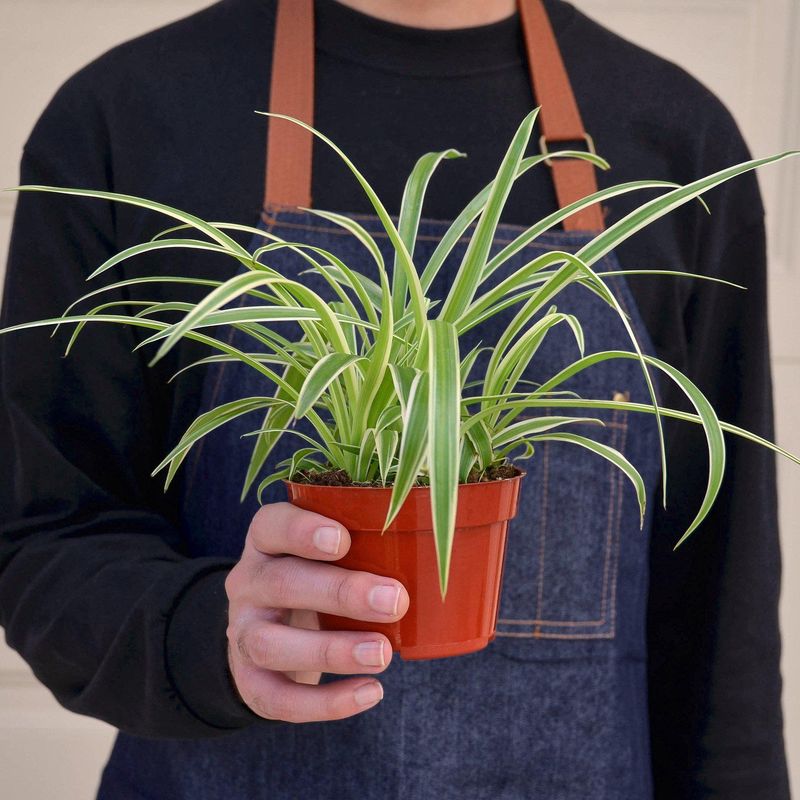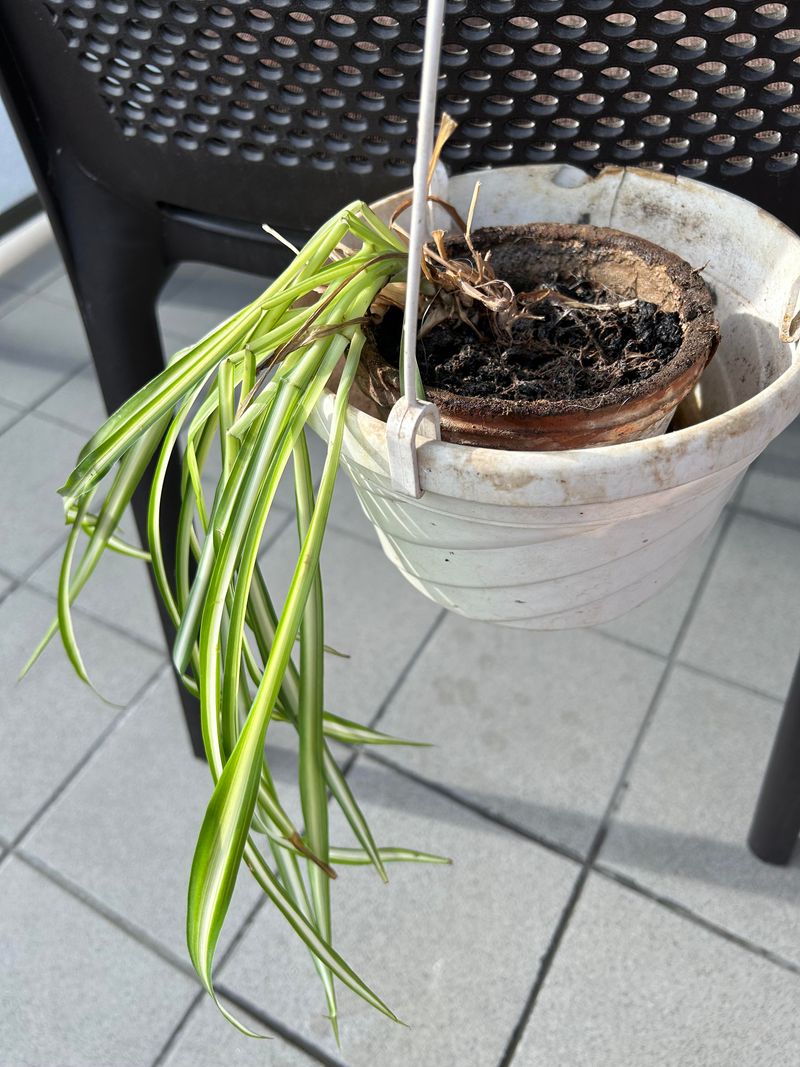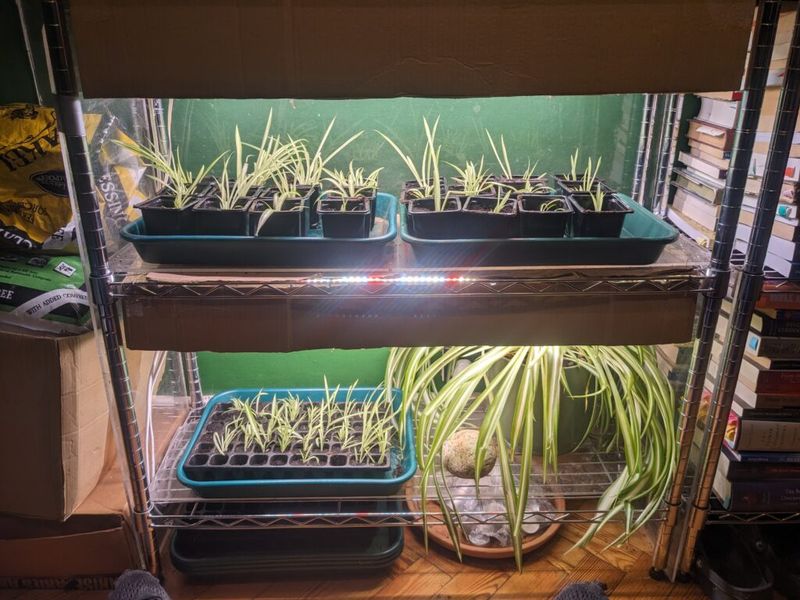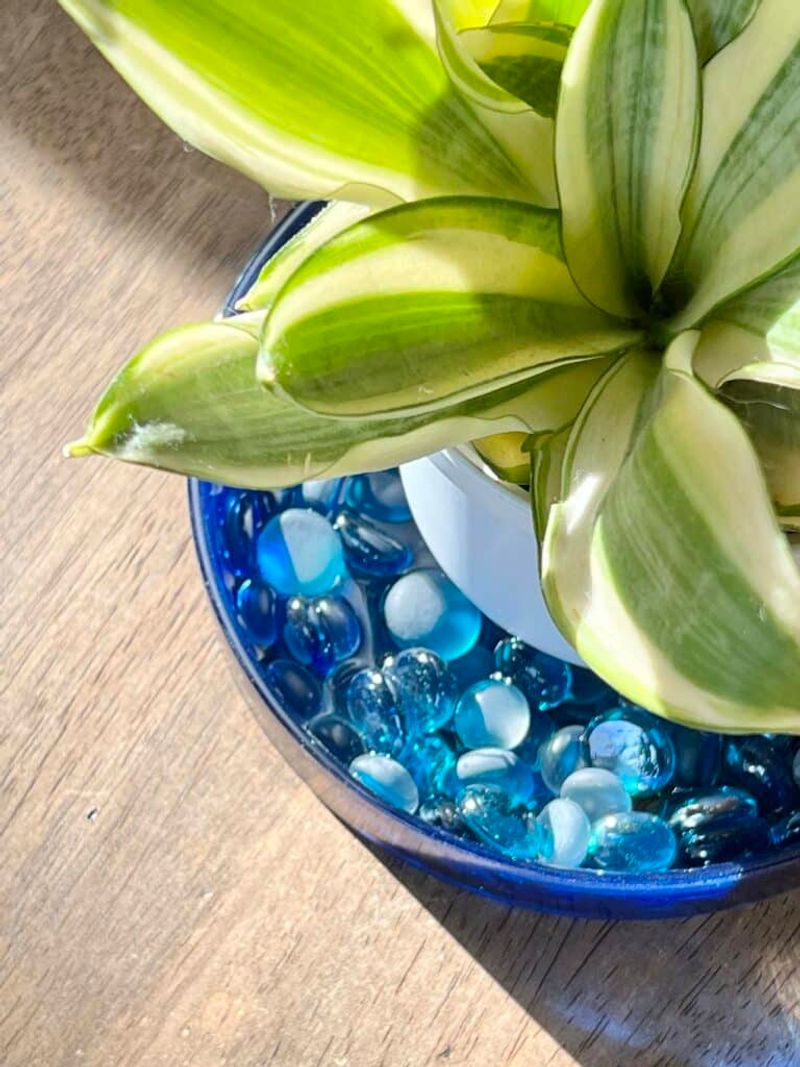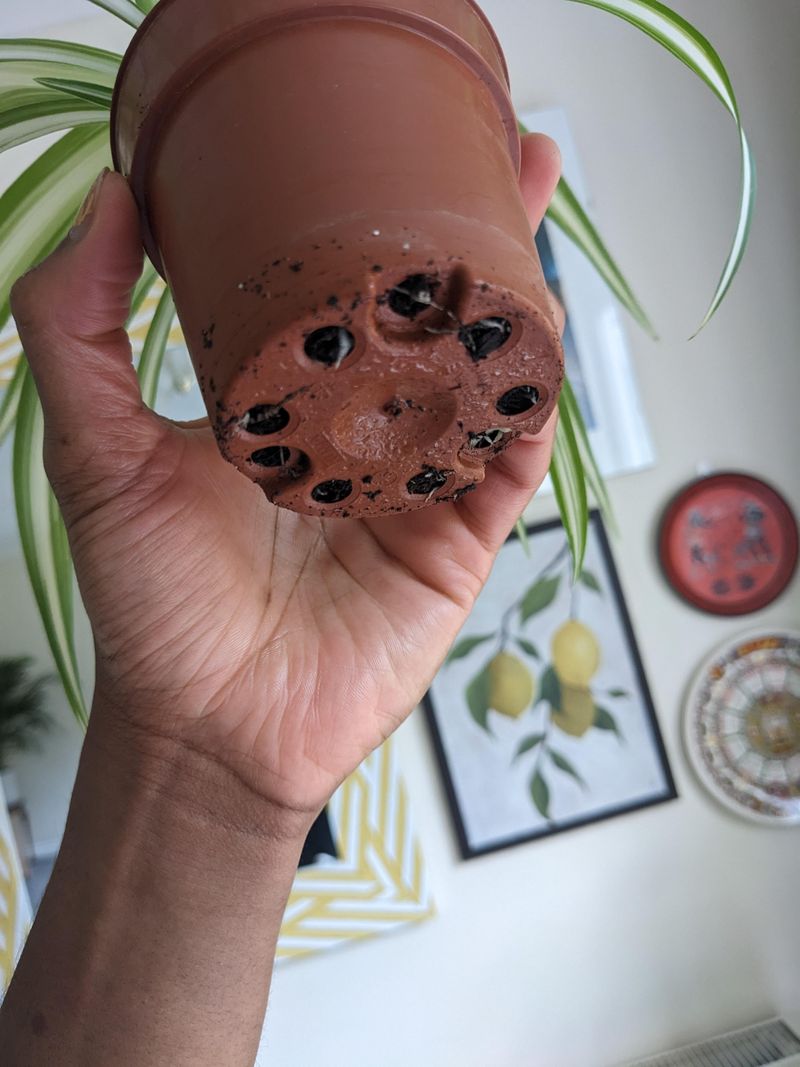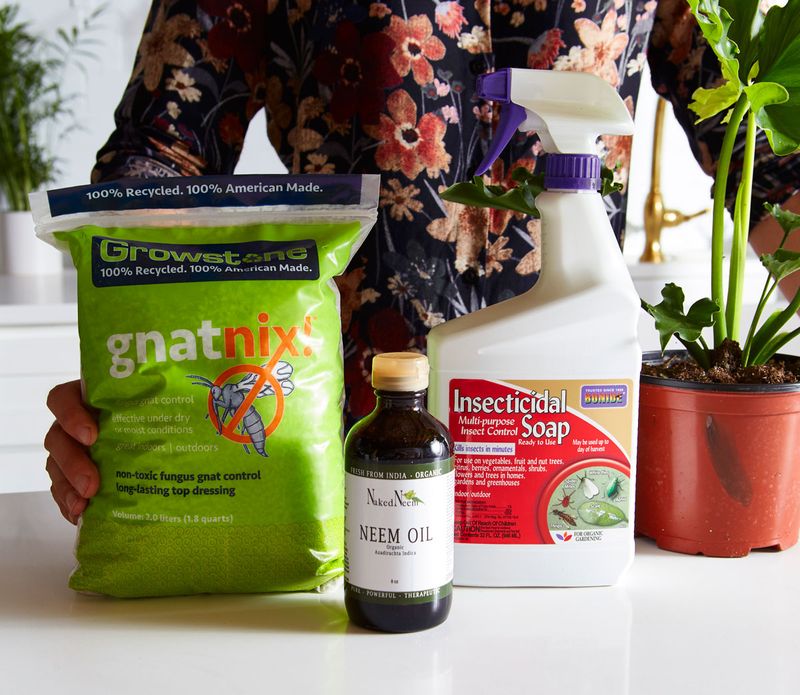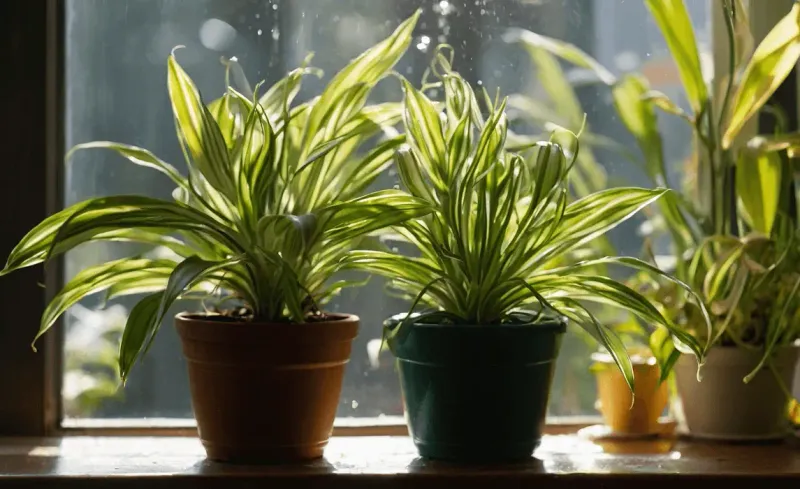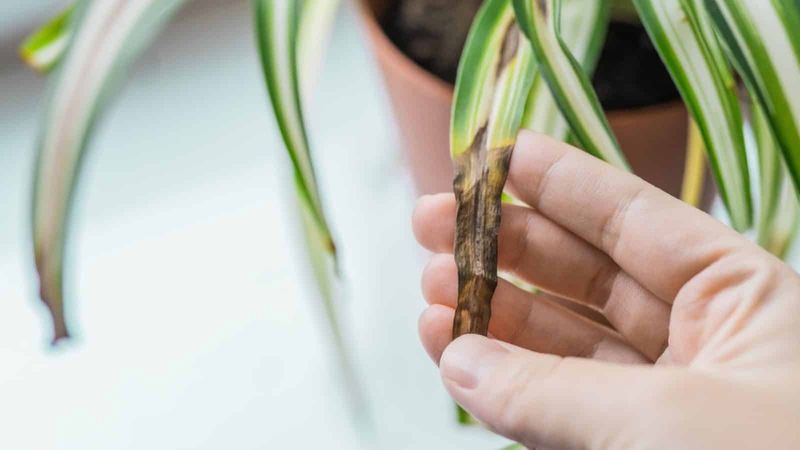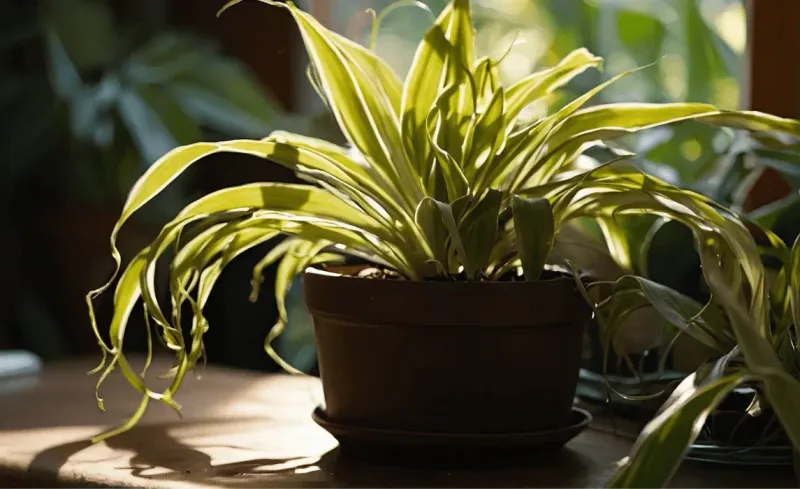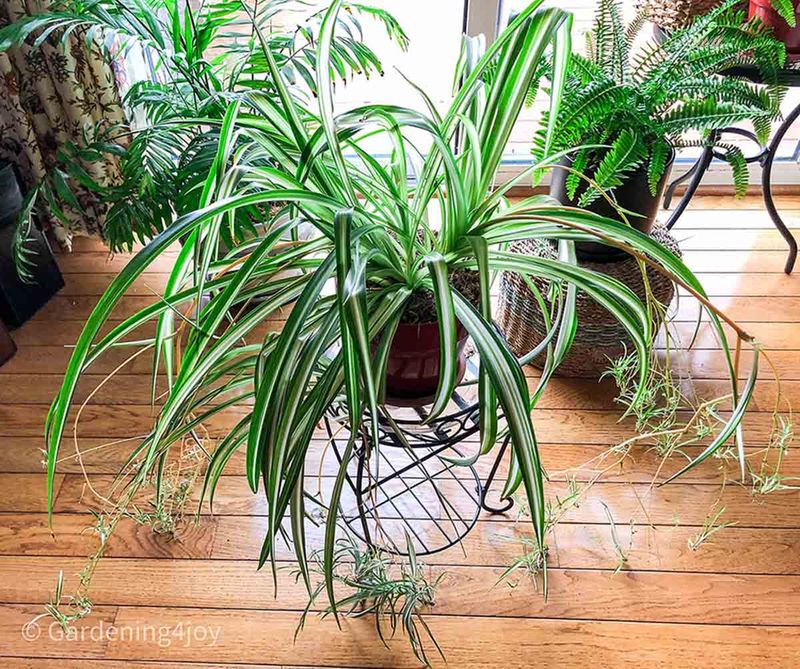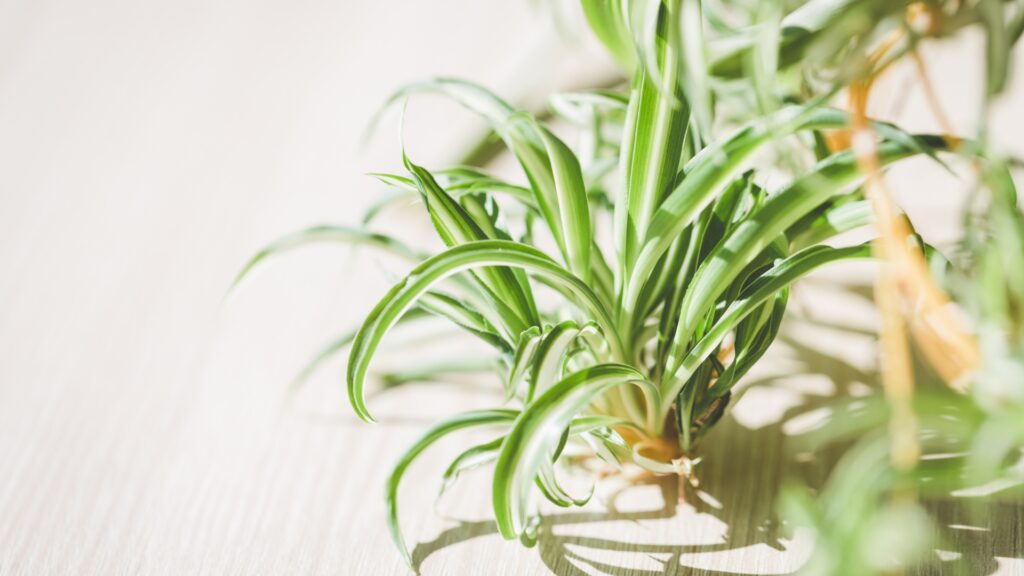I’ll never forget the first time I spotted those adorable little offshoots hanging from my spider plant. It was like seeing a proud parent watching their kid take their first steps!
Seriously, I had to resist the urge to shout, Look at you go! Over the years, I’ve experimented with all sorts of methods to make sure those babies keep coming.
Let’s be honest, who doesn’t love a little extra greenery? So, here are 26 foolproof techniques I’ve personally used to get my spider plants to burst with offshoots.
1. Bright Indirect Light
Sunlight is a vital ingredient in the recipe for any thriving plant environment. Although spider plants are hardy, they still appreciate a well-lit spot away from direct sunlight. Too much direct light can scorch the leaves, making indirect light just right.
Imagine it like finding the perfect reading nook—bright enough to see the letters clearly, but without hurting your eyes. Positioning your plant in that sweet spot will encourage healthy growth, and you’ll soon be rewarded with lively offshoots.
2. Consistent Watering Routine
Consistency is key when it comes to watering your leafy friends. Spider plants prefer evenly moist soil, so regularity in your watering schedule is crucial.
Overwatering or underwatering can stress them out, much like a missed coffee break. Think of it like maintaining a balanced diet. Neither too little nor too much.
By sticking to a routine, you’ll create a happy and healthy environment where offshoots can flourish. Missed waterings are a no-go if you want those babies to pop!
3. The Right Pot Size
Choosing the right pot size can make all the difference for your spider plant’s growth. Too small, and the roots may become cramped, while too large can lead to soggy soil.
It’s the Goldilocks principle, just right is the aim. Imagine trying to live in a shoe that’s too tight or too loose; neither is comfortable.
A suitably sized pot allows the roots to expand and breathe, promoting new offshoots. It’s like giving your plant a cozy home to settle in.
4. Regular Fertilization
Fertilizing my spider plant is like treating it to a plant smoothie, supercharge those offshoots! I noticed a huge difference after I started feeding it every couple of weeks during the growing season.
The leaves looked healthier, and those little offshoots began popping up like crazy. It’s like giving your plant a protein boost after a workout.
But here’s the trick: don’t overdo it! I learned the hard way that too much fertilizer can do more harm than good. A little goes a long way, and my spider plant has never been happier.
5. Humidity Boosts
Increasing humidity around your spider plant can be a simple yet effective way to enhance growth. These plants naturally thrive in more humid environments, so a little extra moisture can go a long way.
Think of it like sipping a refreshing drink on a hot day. Sometimes you just need that extra hydration. Using a humidifier or misting the leaves occasionally can mimic their favorite conditions.
You’ll see the difference as more offshoots start to appear.
6. Well-Draining Soil
The importance of well-draining soil cannot be overstated. Spider plants dislike sitting in waterlogged soil, which can lead to root rot.
The soil should hold moisture without drowning the plant. Imagine putting on a raincoat that breathes, keeps you dry but not sweating buckets.
By ensuring proper drainage, you’re giving your plant the best chance to absorb nutrients and grow. With such care, those offshoots will have all they need to thrive.
7. Temperature Control
Maintaining a steady temperature environment is crucial for spider plants. They prefer temperatures between 65-75°F, avoiding extreme fluctuations.
It’s like wrapping up in a cozy blanket feeling comfortable and safe. Avoid placing your plant in drafty areas or near heating vents.
This stability encourages growth, leading to those delightful offshoots making an appearance. Keep it cozy, and you’re on the right track.
8. Rotating the Plant
Rotating your plant ensures that each side gets its fair share of sunlight, preventing uneven growth. It’s a simple task that can yield impressive results.
Think of it like turning a roast in the oven. Every side should get the perfect sear. By rotating the plant every few weeks, you’re promoting balanced growth and encouraging those offshoots to develop.
It’s a small change with a big impact.
9. Regular Pruning
Pruning might seem counterintuitive, but it’s like a fresh haircut for your plant. Removing dead or damaged leaves allows it to focus energy on new growth.
Imagine shedding those winter layers. It’s freeing and invigorates new possibilities. By regularly cleaning up the plant, you’re setting the stage for robust offshoots.
Encouraging healthy regrowth starts with a little snip here and there.
10. Using Rainwater
Rainwater offers a gentle, natural source of hydration for your plants. Unlike treated tap water, it doesn’t contain chemicals that may harm sensitive roots.
Think of it as drinking from a mountain spring rather than a city tap. By collecting and using rainwater, you’re providing the purest form of nourishment.
Your spider plant will thank you with lush offshoots, responding to the unadulterated hydration.
11. Avoid Overcrowding
Space is a valuable commodity, even in the world of plants. Spider plants need room to breathe and grow, and crowding can inhibit their development.
Picture a bustling city street. Sometimes you just need space to spread out. By giving your plant its own space, you’re allowing it to stretch its leaves and encourage offshoots.
It’s about creating an environment where growth isn’t stifled.
12. Play Music for Them
It sounds a little out there, but playing music for my spider plant actually seemed to help! I started playing soft tunes while I watered it, and those offshoots began appearing more often.
Picture it like a spa day for your plant, relaxed and at ease. While I can’t say for sure if my plant is dancing along to the beat, there’s something calming about setting that peaceful atmosphere.
Who knows, maybe my spider plant just loves a good tune as much as I do! It’s worth a try, right?
13. Change Up the Soil
Fresh soil can breathe new life into your spider plant. Over time, soil can become compacted, losing its nutrients and affecting root health.
Think of it like changing the sheets on your bed. A fresh start is all you need. This way you’re providing a nutrient-rich environment for the plant to grow.
It’s like a spa day for roots, leading to healthy offshoots.
14. Give Them a Shower
Giving your spider plant a gentle shower is like treating it to a spa day. It helps wash away dust and pests, while mimicking the refreshing effects of rain.
When I started doing this regularly, I noticed my plant seemed to perk up, breathing easier and growing stronger. It’s like when you step into a warm waterfall, feeling revitalized and ready to take on the world.
A simple shower can encourage those offshoots to thrive, giving your plant a much-needed boost. Plus, who doesn’t love a fresh, clean plant?
15. Talk to Your Plants
Talking to your plants might seem odd, but it can create a bond that encourages growth. Think of it like chatting with an old friend. It builds a sense of care and connection.
While there’s debate over the science, I’ve noticed my spider plant seems to perk up after I talk to it. Maybe it’s the attention, or maybe it’s just the love.
Either way, it can’t hurt! Next time you’re near your plant, give it a little chat, and those offshoots might start popping up as a thank you.
16. Avoid Drafty Locations
Drafts can be as bothersome to plants as they are to us. Spider plants prefer stable environments and can suffer from fluctuating temperatures.
Think of it like avoiding that pesky draft under the door. Comfort is key. By keeping your plant away from drafts, you’re providing a consistent space for it to grow.
It’s a simple move that encourages those offshoots to develop without interruption.
17. Use Grow Lights
When natural light is scarce, grow lights can be a lifeline for your plants. These artificial lights mimic sunlight and can stimulate growth during darker months.
Imagine having a portable sun at your disposal. It’s a game-changer. By supplementing with grow lights, you’re ensuring your plant gets the energy it needs.
Those offshoots will soon appear, even when the days are short.
18. Create a Pebble Tray
A pebble tray is an easy way to boost humidity around your plant. As the water evaporates, it creates a cozy, humid microenvironment for your spider plant.
Think of it as a DIY humidifier that requires no plugins or batteries. Set your plant on a pebble tray, you’re helping it stay hydrated and comfortable.
That extra moisture can be just the thing to encourage those offshoots to appear. A little effort can go a long way in keeping your plant happy and thriving.
19. Ensure Proper Drainage Holes
Proper drainage is a game-changer for your spider plant’s health. Without it, water can pool, causing root rot and slowing growth.
It’s like wearing shoes without ventilation. Your plant won’t be happy! If you chose a pot with good drainage holes, you’re allowing excess water to escape, keeping your plant’s roots healthy and happy.
This simple step can lead to strong, thriving plants and a boost in those adorable offshoots. So, make sure your plant has room to breathe and grow!
20. Using Organic Pesticides
Pests can be a real nuisance, but organic pesticides offer a gentle solution. They protect your plant without harming the environment.
Think of it as using natural remedies instead of harsh chemicals. With treating your plant with organic solutions, you’re keeping it safe from critters.
A pest-free plant can focus on growing new offshoots, much to your delight.
21. Ensure Regular Aeration
Soil aeration is a game-changer for plant health. I learned this when my spider plant wasn’t growing as well as I’d hoped. Compact soil limits airflow, like trying to breathe through a thick scarf.
Once I started gently aerating the soil, I noticed an immediate difference. It improves air circulation and nutrient absorption, giving your plant a much-needed boost.
My spider plant began growing stronger, and soon, those cute offshoots started popping up. It’s an easy and effective way to keep your plant happy and thriving!
22. Avoid Fluoride
Fluoride in tap water can lead to browning leaf tips in spider plants. It’s a sneaky culprit that many overlook.
Think of it as avoiding too much sugar in your diet. Better for long-term health. By using distilled or fluoride-free water, you’re preventing leaf damage and encouraging healthier growth.
Your plant will thank you with lively offshoots.
23. Seasonal Adjustment
Plants respond to seasonal changes just like we do, and adjusting your care routine can work wonders. Think of it like changing your wardrobe to suit the weather.
If you modify watering schedules and light exposure based on the season, you’re helping your plant adapt and thrive.
This thoughtful care promotes healthy growth and can encourage your spider plant to produce an abundance of offshoots throughout the year.
24. Experiment with Placement
Sometimes, finding the perfect spot for your spider plant feels like a game of trial and error. I remember moving mine from corner to corner, hoping to find that sweet spot of light and temperature.
It’s like rearranging furniture until everything just clicks. Eventually, I found the perfect spot by a bright window, and my plant rewarded me with a burst of offshoots!
Don’t be afraid to experiment with placement. It might take a little time, but once you hit the right balance, your spider plant will thank you with plenty of new growth.
25. Propagate to Encourage More
It might sound counterintuitive, but taking a few offshoots off your spider plant can actually encourage it to make more. Think of it like picking fruit from a tree—once you harvest, it feels inspired to grow more.
The first time I clipped off a few baby spiderettes to propagate, I felt a little guilty. But to my surprise, a few weeks later, new shoots started showing up! It’s as if the plant realized it had room and energy to grow again.
So don’t be shy—snip and share! Your plant just might surprise you with even more baby bursts.
26. Feed with Compost Tea
Giving your spider plant a sip of compost tea is like handing it a homemade green smoothie. It’s packed with natural nutrients and helpful microbes that boost soil health and plant vigor.
When I first brewed a batch and gave my plant a little drink, the leaves perked up almost overnight. A few weeks in, I noticed a fresh round of offshoots starting to peek through.
Just steep some well-aged compost in water for a few days, strain it, and pour it around the base. It’s a gentle, organic way to energize your plant—and those little babies will love it.

